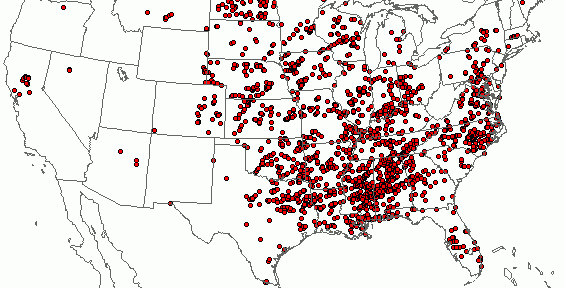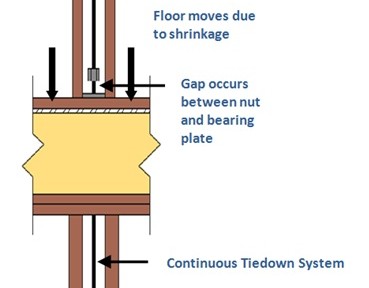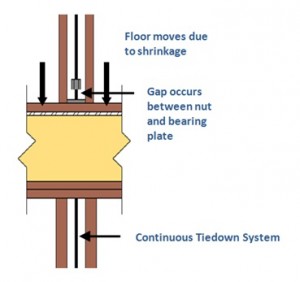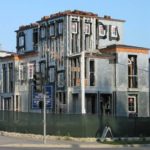
In a previous blog post, I talked about the challenges engineers may face when designing cold-formed steel and some resources available. When designing a building to the current building code, it can be helpful for engineers to understand the history of the different code requirements. This week I will discuss the code development history of CFS framed shear walls.
Prior to the 1997 Uniform Building Code (UBC), there were limited code provisions for design of cold formed steel-framed shear walls. The 1994 UBC had seismic R-factors for light-framed walls, but little else with respect to design or detailing. Code provisions were introduced in the 1997 UBC that included:

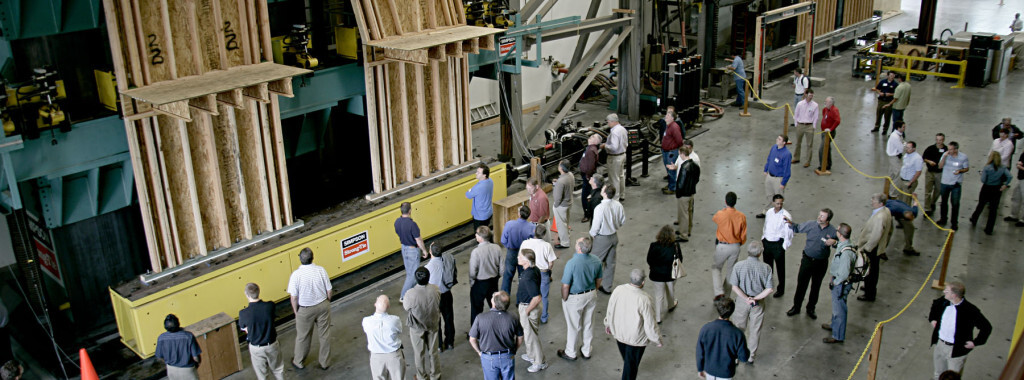
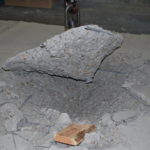
 Welcome to our Structural Engineering Blog! I’m
Welcome to our Structural Engineering Blog! I’m 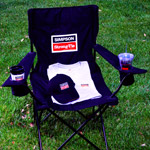 Thank you to everyone who subscribed to our new SE Blog! If you subscribed by June 1, you were automatically entered to win one of five Simpson Strong-Tie prize packs. Those of you who also posted a comment to the blog received a bonus entry. We will announce our winners on the blog soon. Good luck!
Thank you to everyone who subscribed to our new SE Blog! If you subscribed by June 1, you were automatically entered to win one of five Simpson Strong-Tie prize packs. Those of you who also posted a comment to the blog received a bonus entry. We will announce our winners on the blog soon. Good luck!